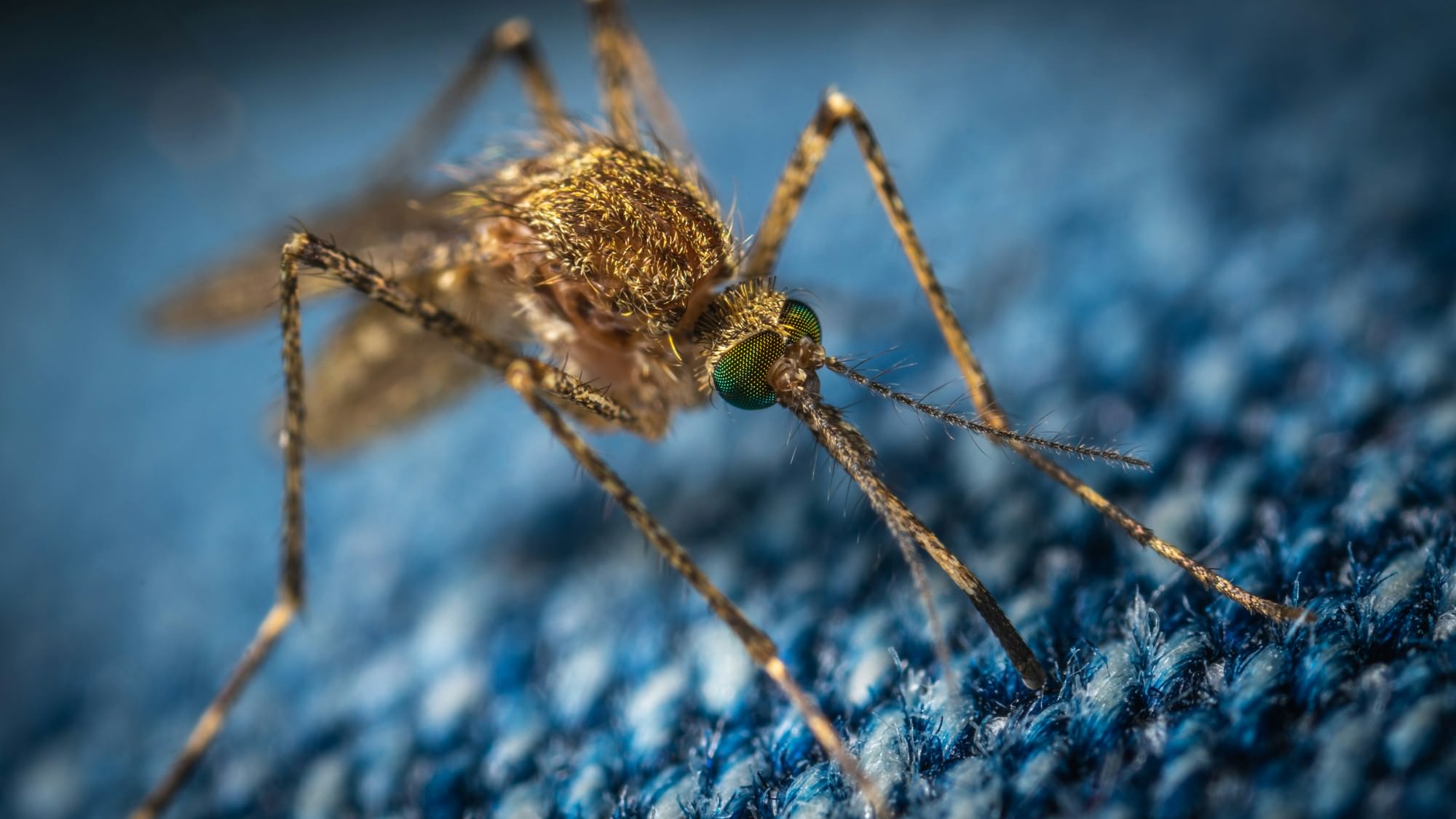Entertainment
20 Of The Most Dangerous Animals On Earth
By CM Chaney · February 17, 2024
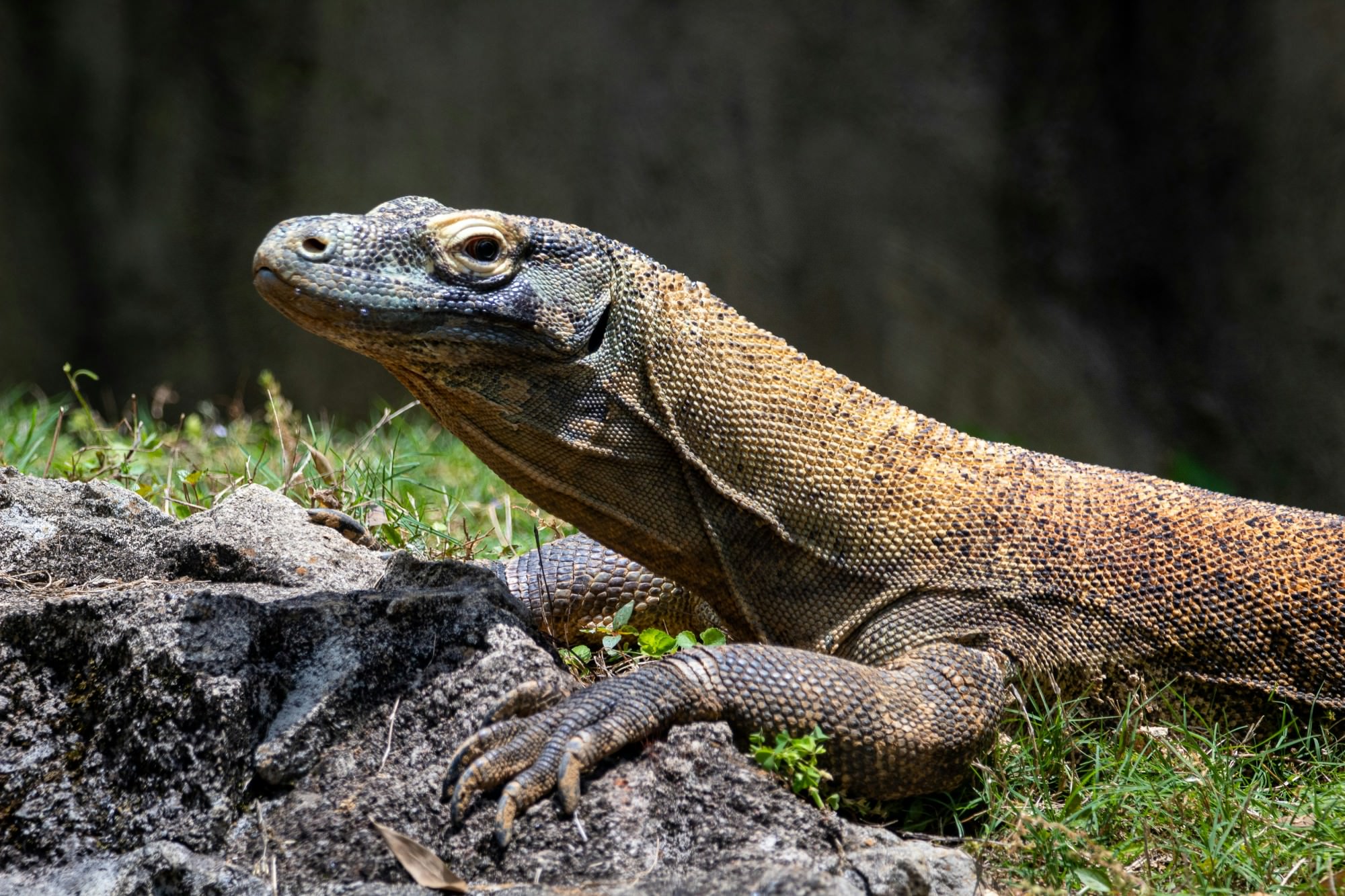
20 Of The Most Dangerous Animals On Earth
The world contains many fascinating yet dangerous animals. These creatures, which range greatly in size, have features that enable them to inflict harm, and some even cause human fatalities each year. By examining attack and mortality rates, we can rank the most perilous species.Characteristics like venom, sharp barbs, powerful jaws, and surprising stealth allow certain animals to become apex predators or defend themselves with lethal force when threatened. Some have even adapted obscurity itself into a wicked weapon. Though we may not cross paths with nature's most hazardous frequently, an encounter can happen when we least expect it.
Regardless of their danger, these animals warrant our respect, caution, and appreciation for their evolutionary mastery. Even the smallest can bring down the mightiest when underestimated or provoked. We must study them not only to protect ourselves but also to conserve their intrinsic value in balancing the complex web of life. Joshua J. Cotten / Unsplash
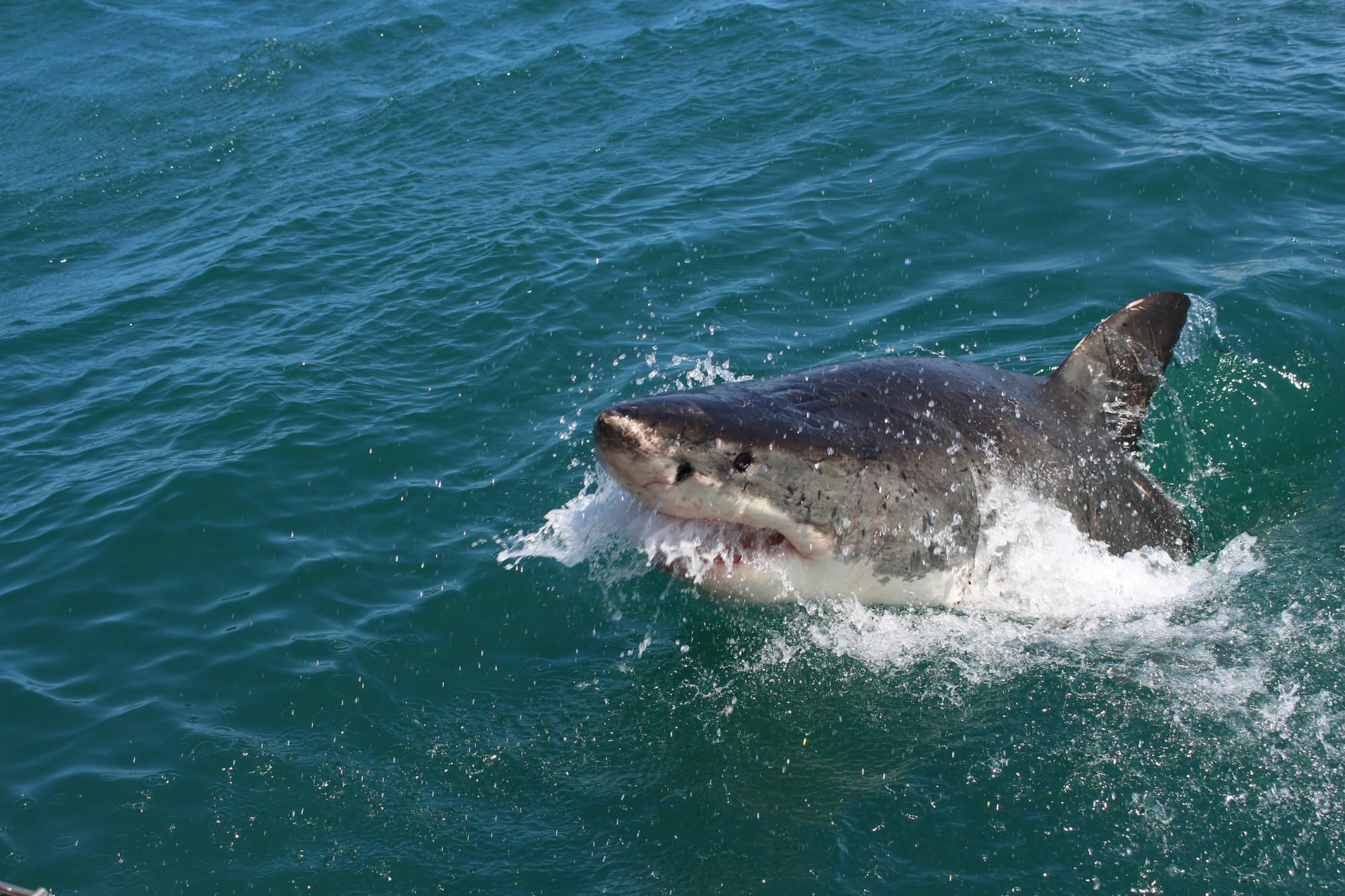
Sharks
Though "Jaws" made sharks infamous, most species pose little risk to humans. Only 12 are considered dangerous - primarily the great white, whose 300 razor teeth can effortlessly shred flesh. Yet sharks still rank low among deadly ocean dwellers. Rarely aggressive, their fearsome capabilities kill under 10 people annually. Alex Steyn / Unsplash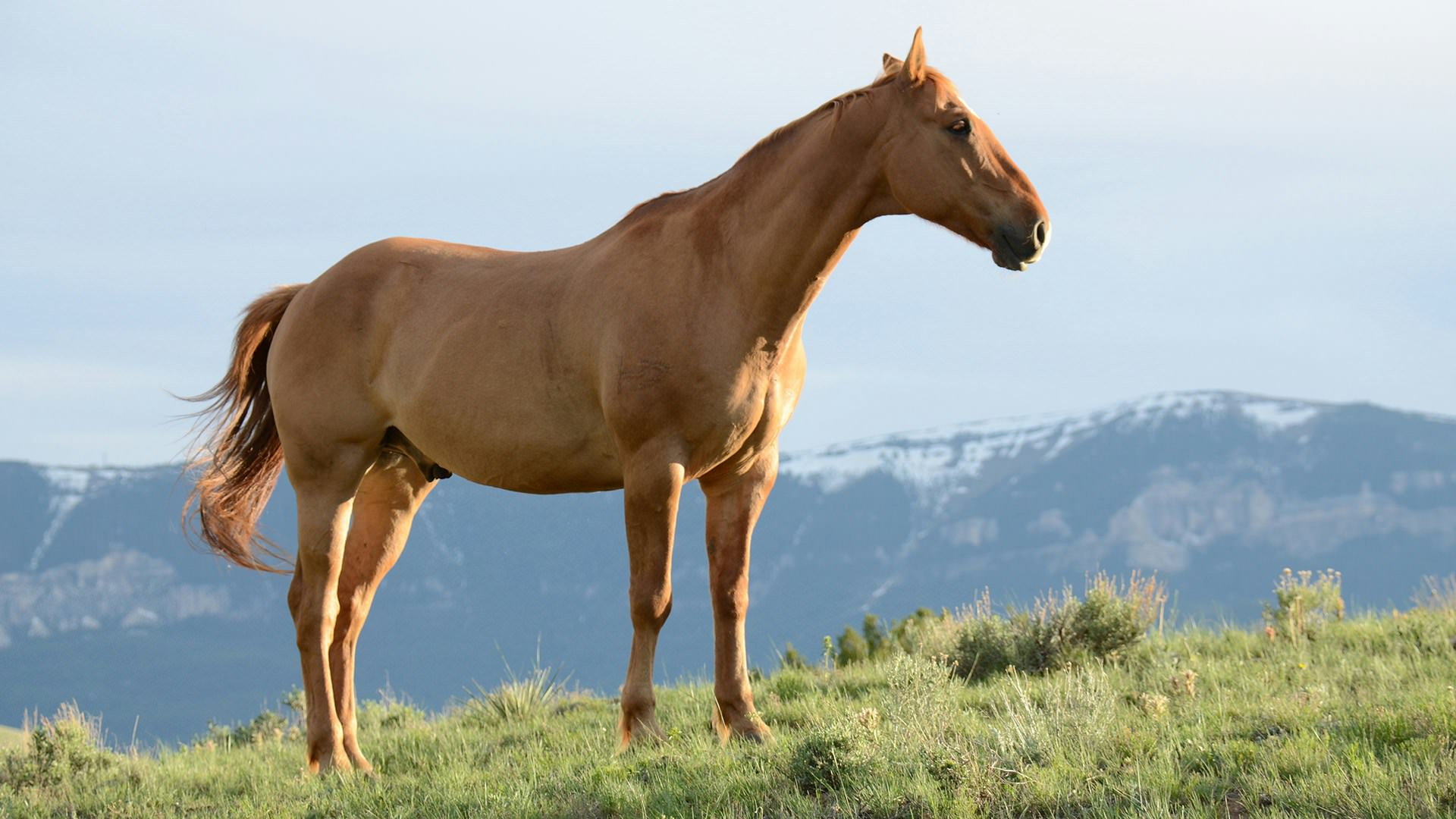
Horses
Though beloved for recreation, horses' size and strength spell danger - causing some 20 rider deaths yearly as people fall from the towering animals. Even in Australia alone, horses and cows claimed 77 lives in a recent decade, underscoring that working with these powerful beasts brings an inherent, if small, fatality risk. David Dibert / Unsplash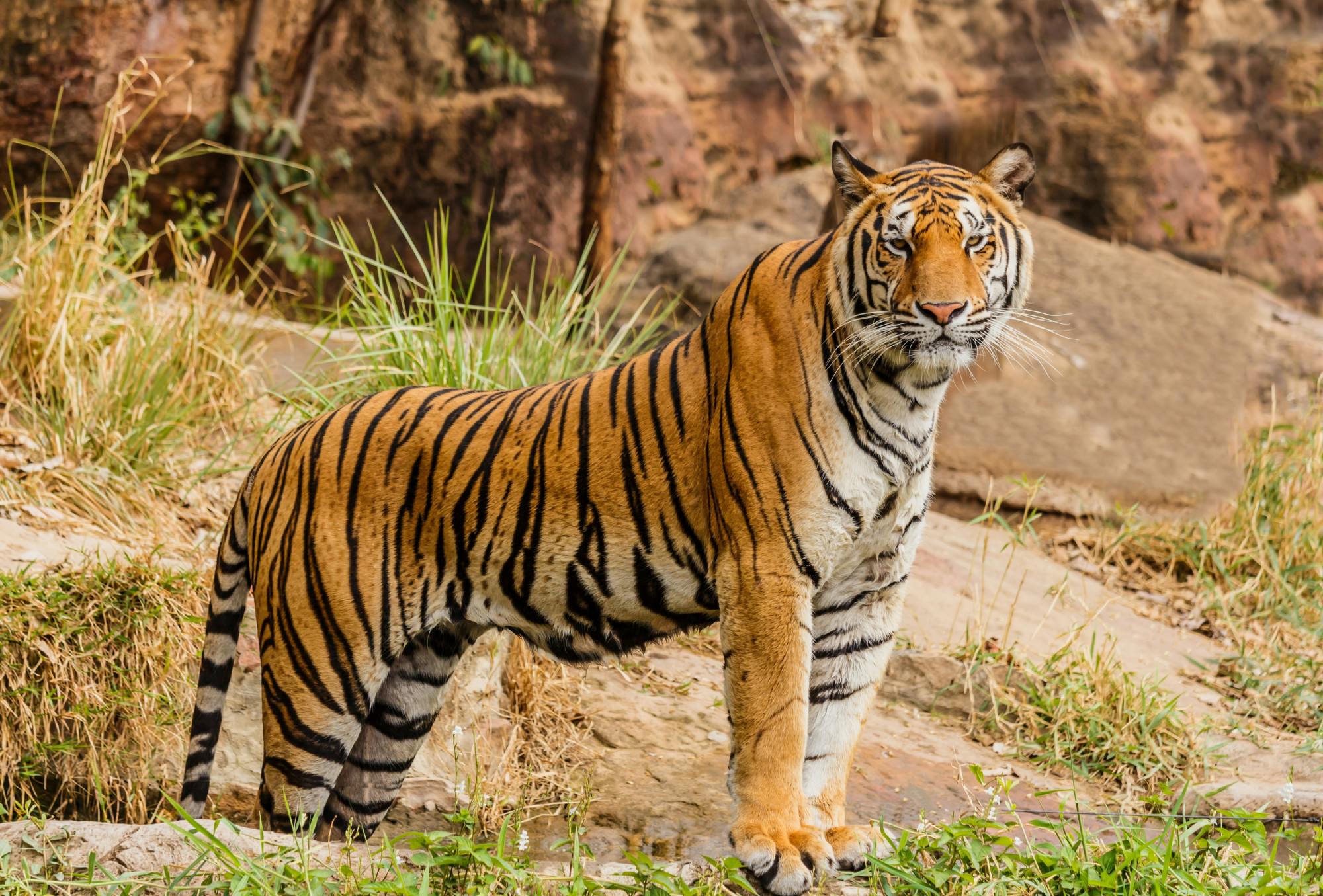
Tigers
"Tiger King" spotlighted a bleak paradox: 3,900 tigers remain in the wild, mostly in India, yet captivity bloats their numbers, with over 5,000 languishing in U.S. facilities alone. Rarity aside, tiger attacks claim some 40-50 lives yearly in India as swelling human populations encroach habitats. Still, aggression toward humans remains an anomaly; their endangered ranks spawn deadlier consequences. A G / Unsplash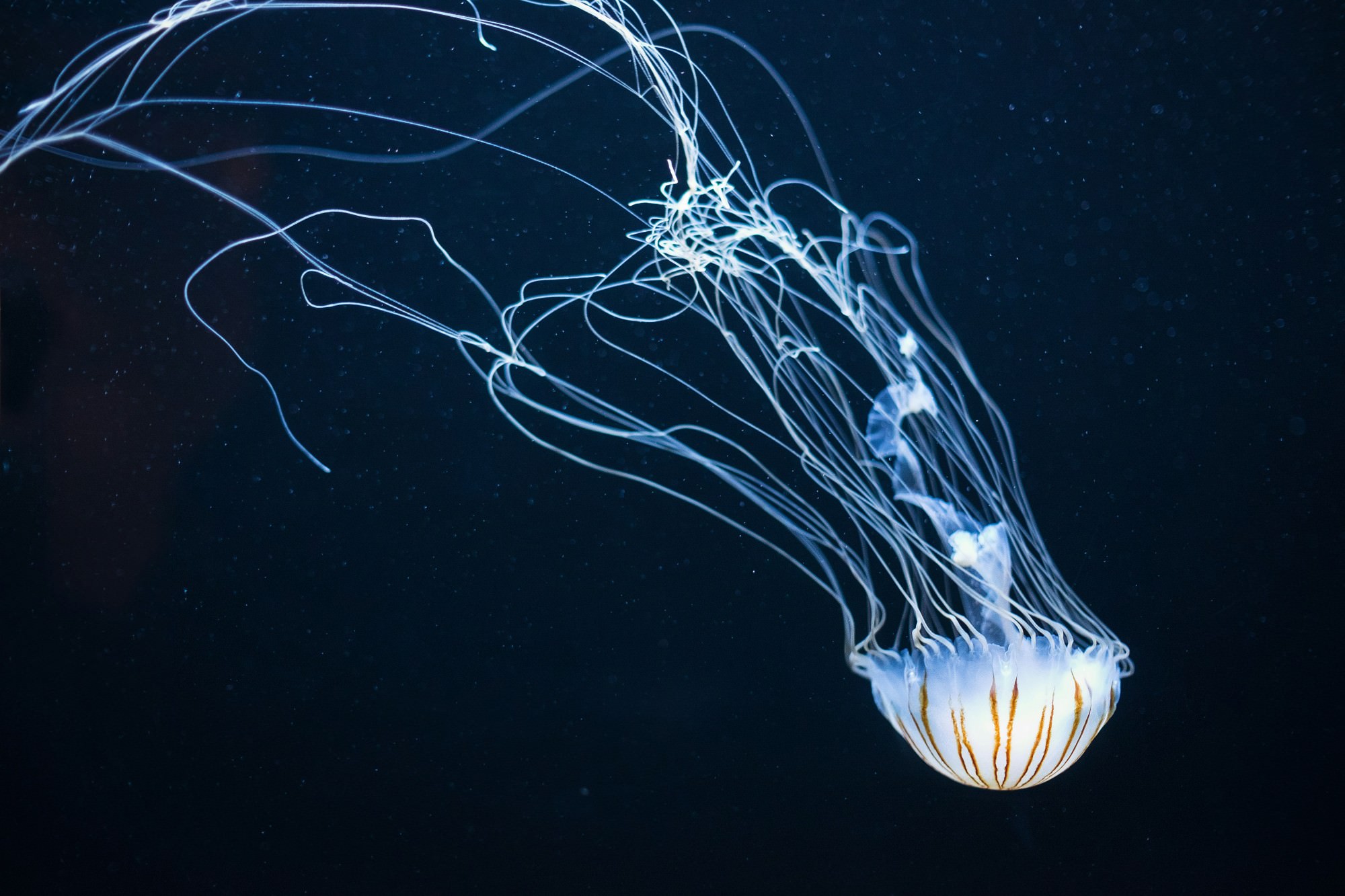
Jellyfish
Though lacking brains, some 70 of Earth's 2,000 jellyfish species can harm humans, especially the lethal box jellyfish. Lurking in tropical waters, their potent venom overwhelms victims, causing vomiting, headaches and heart issues that can rapidly kill. Annually, the Philippines alone sees up to 40 fatal stings from these drifting killers. Mathieu CHIRICO / Unsplash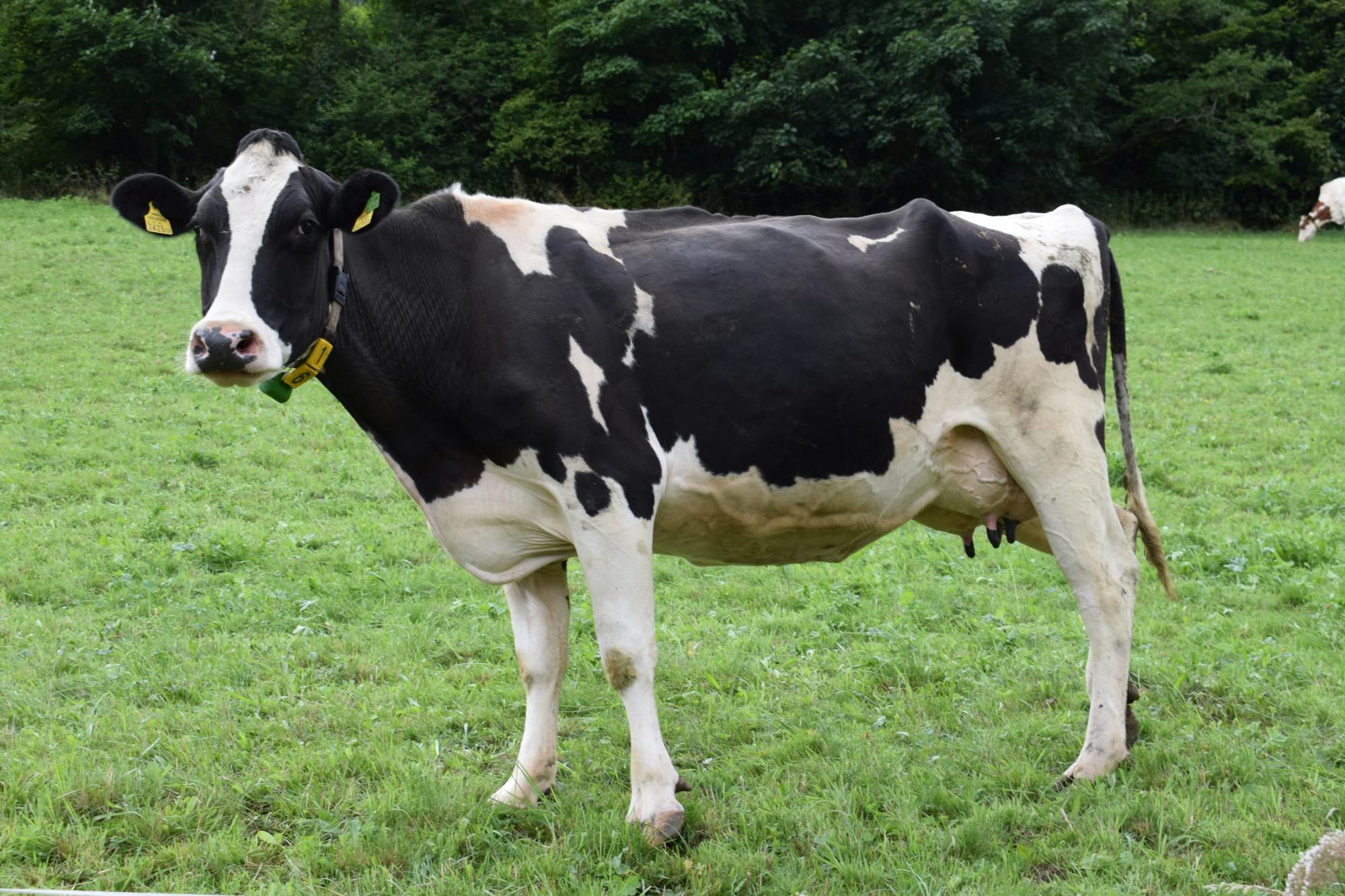
Cows
Despite their placid reputation, cows unleash unexpected aggression and inflict some 22 annual deaths - surpassing even sharks. Through crushing kicks and tramplings, these bolting beasts turn deadly, fitting for their towering frames. So those working cattle farms know: no cow cuddles; their docile guise hides hazardous power. Screenroad / Unsplash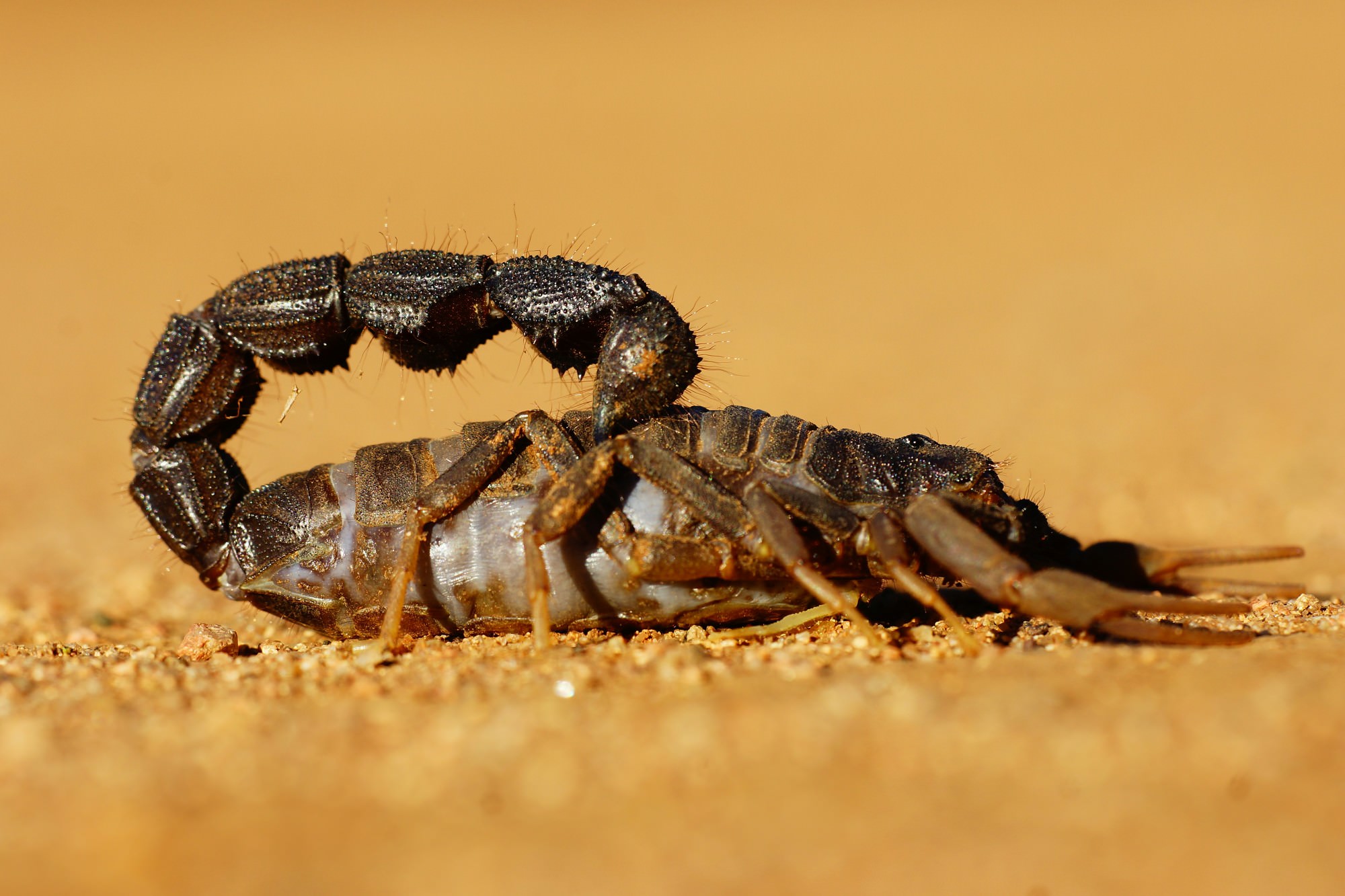
Scorpions
Scorpions' curled tails and pincers elicit instinctive dread - for good reason: some 30-40 of the arachnid's 1,500 species can kill humans. The yellow deathstalker, dwelling in Middle East deserts, ranks among the most venomous, though scorpions inhabit diverse locales from rainforests to the Himalayas. These ancient survivors rightly command caution; a sting can swiftly spell mortal peril. Even the appearance of that swaying barb quickens pulses. Leon Pauleikhoff / Unsplash
Komodo Dragon
Komodo dragons - 10-foot, 150-pound lizards - draw tourists to Indonesia's Komodo National Park to glimpse these prehistoric monsters in the wild. But with a venomous, bacteria-laden bite that causes rapid blood loss, these dragons have killed four visitors over 33 years, most recently in 2009. Deadly and ancient, they fascinate yet warn: appreciate from afar. Joshua J. Cotten / Unsplash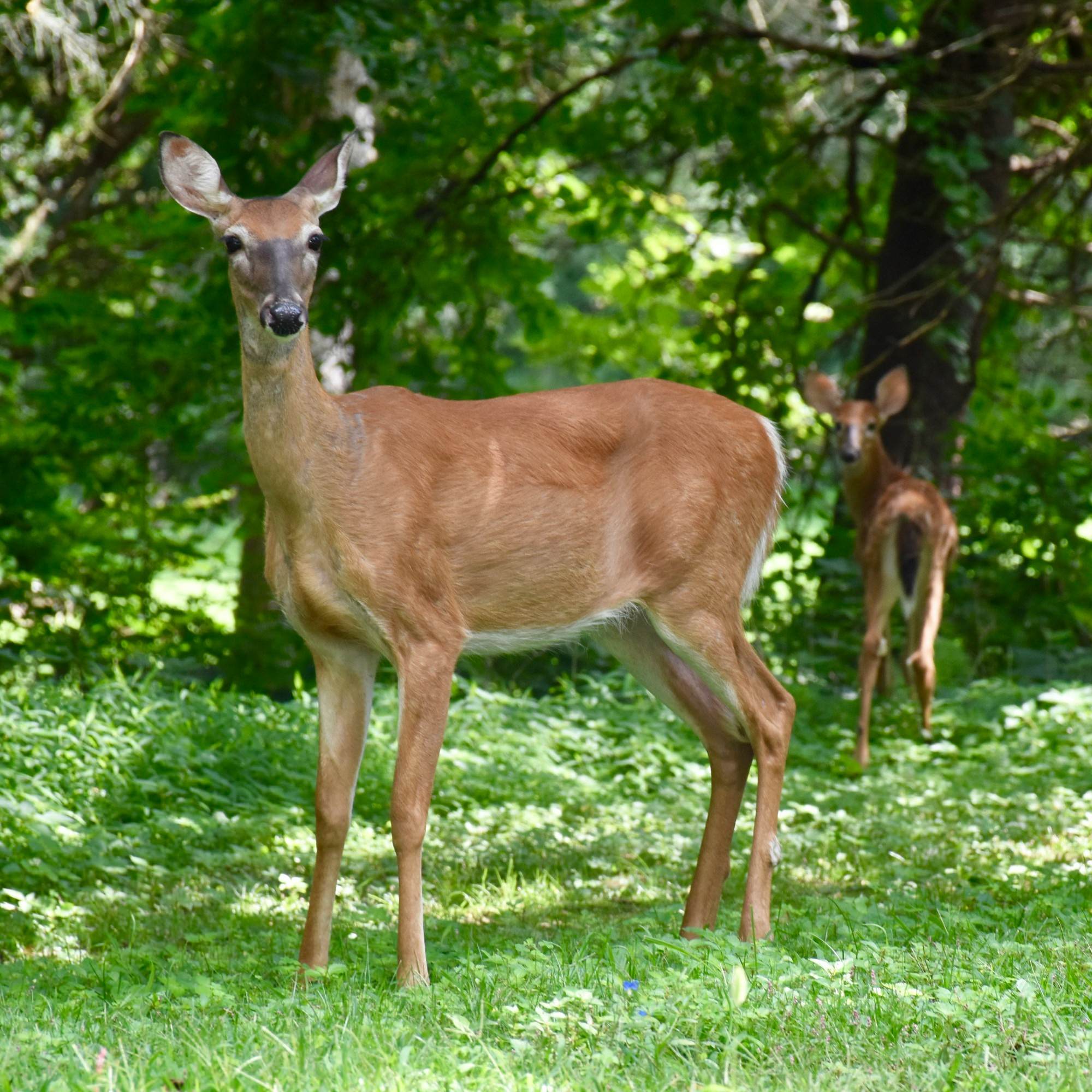
Deer
Bambi's innocence belies lethal danger: deer cause over 100 U.S. deaths yearly in car collisions. Though not malicious, their nighttime roadside freezing still spells tragedy. Transfixed by headlights, they stare obliviously as vehicles bear down. Honking may stir flight, but braking hard while holding lane gives the best odds when Bambi wanders astray - turning placid meadows into accident scenes. Cindie Hansen / Unsplash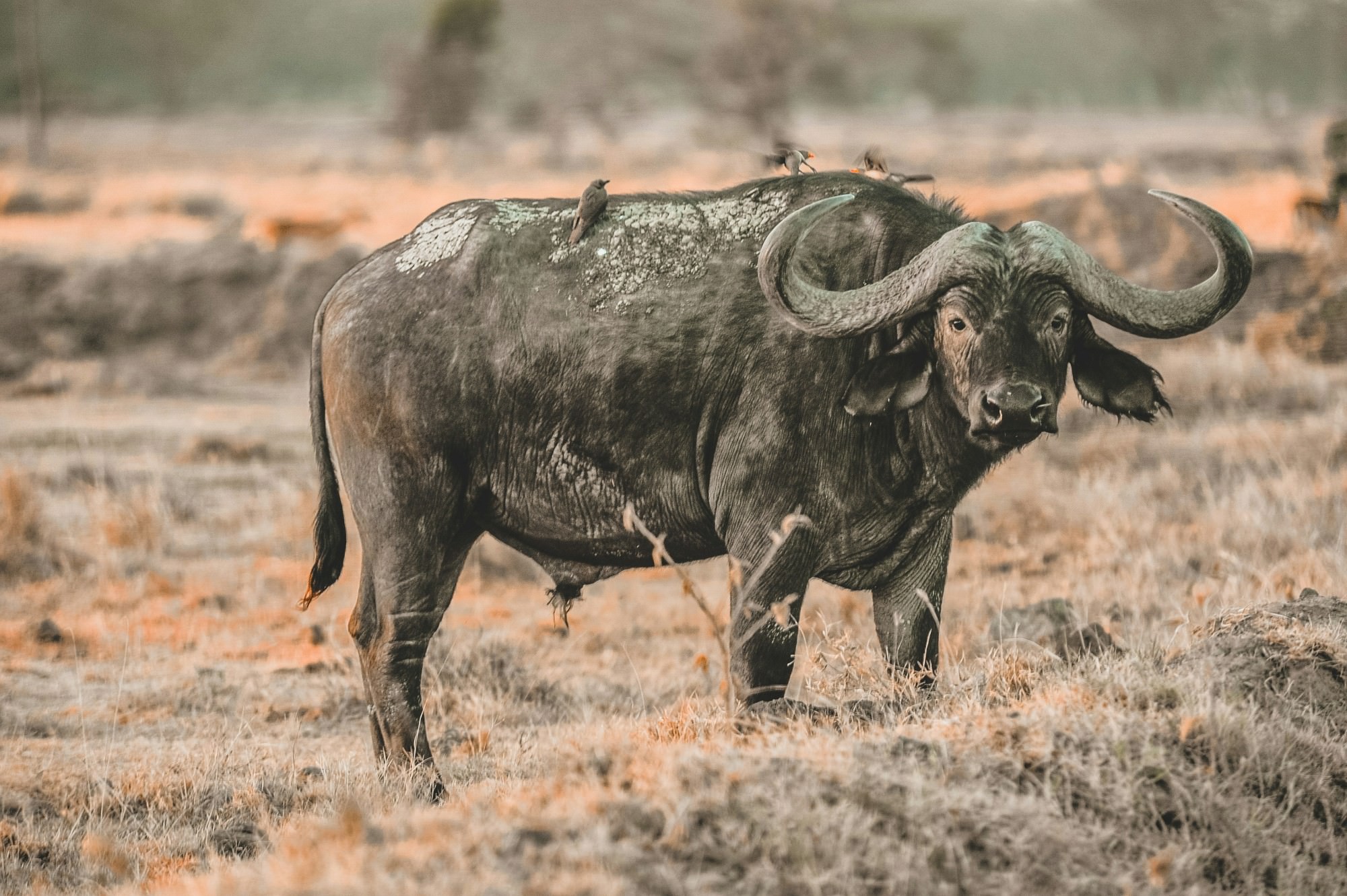
African Cape Buffalos
Despite flaunting magnificent 18th-century wig-like horns, African Cape Buffalos fall prey to hunters craving their impressive rack and "Big Five" status. But wound these beasts, and placid grazers transform into 35-mph charging killers, earning the name "Black Death." When bullets fly, passive herds unite into aggressive mobs, horns lowered to gore their aggressors. Few animals match this explosive vengeance. Harshil Gudka / Unsplash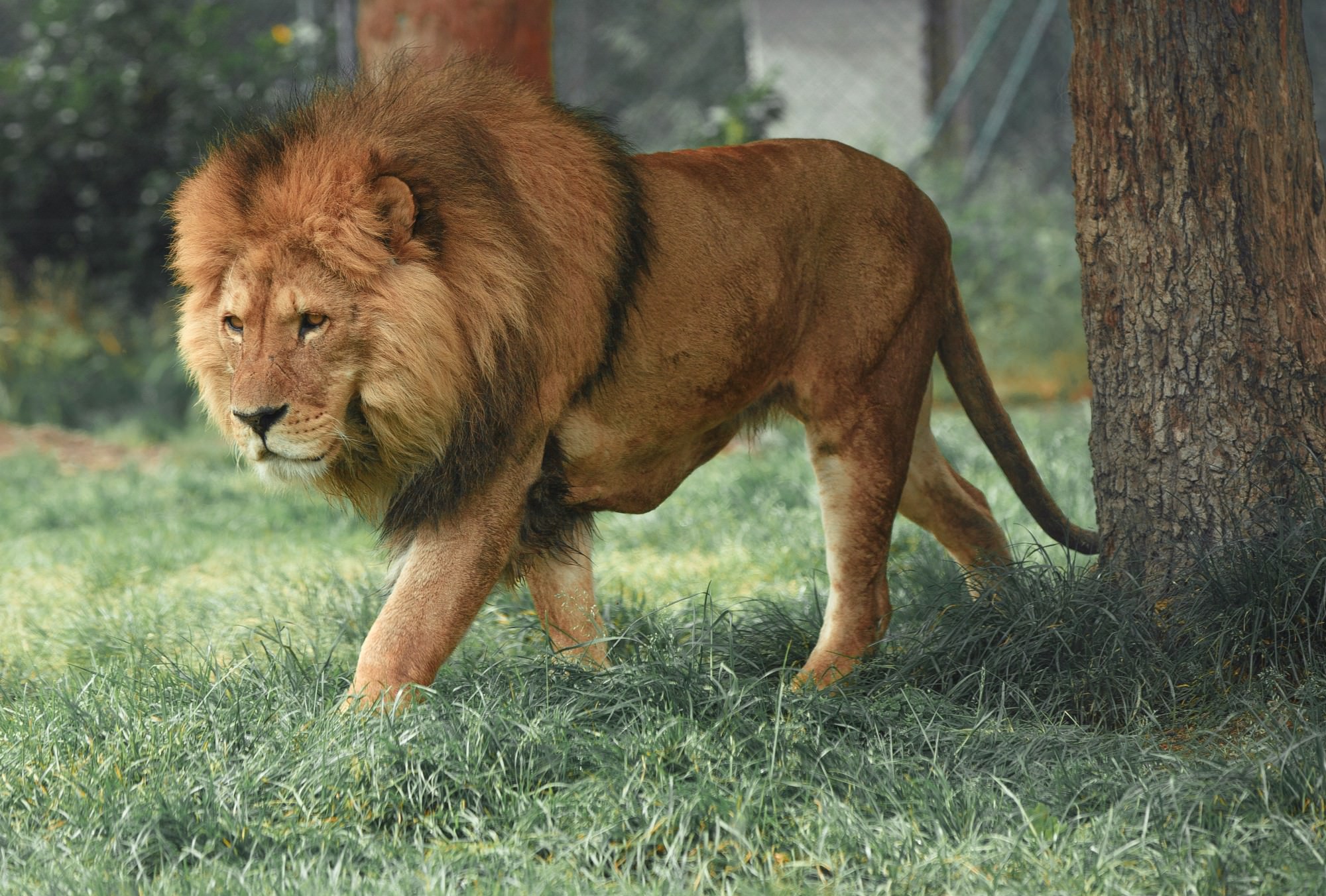
Lions
Lions laze nearly 20 hours daily, yet still kill some 250 people yearly. Encountering one spells likely doom; running or fainting triggers their predatory instinct for easy prey. With sharp teeth, blistering speed and the power of the pride behind them, these big cats rarely lose a confrontation. So if facing off, stand tall. And never turn your back - they'll swiftly pounce before you can flee. Francesco / Unsplash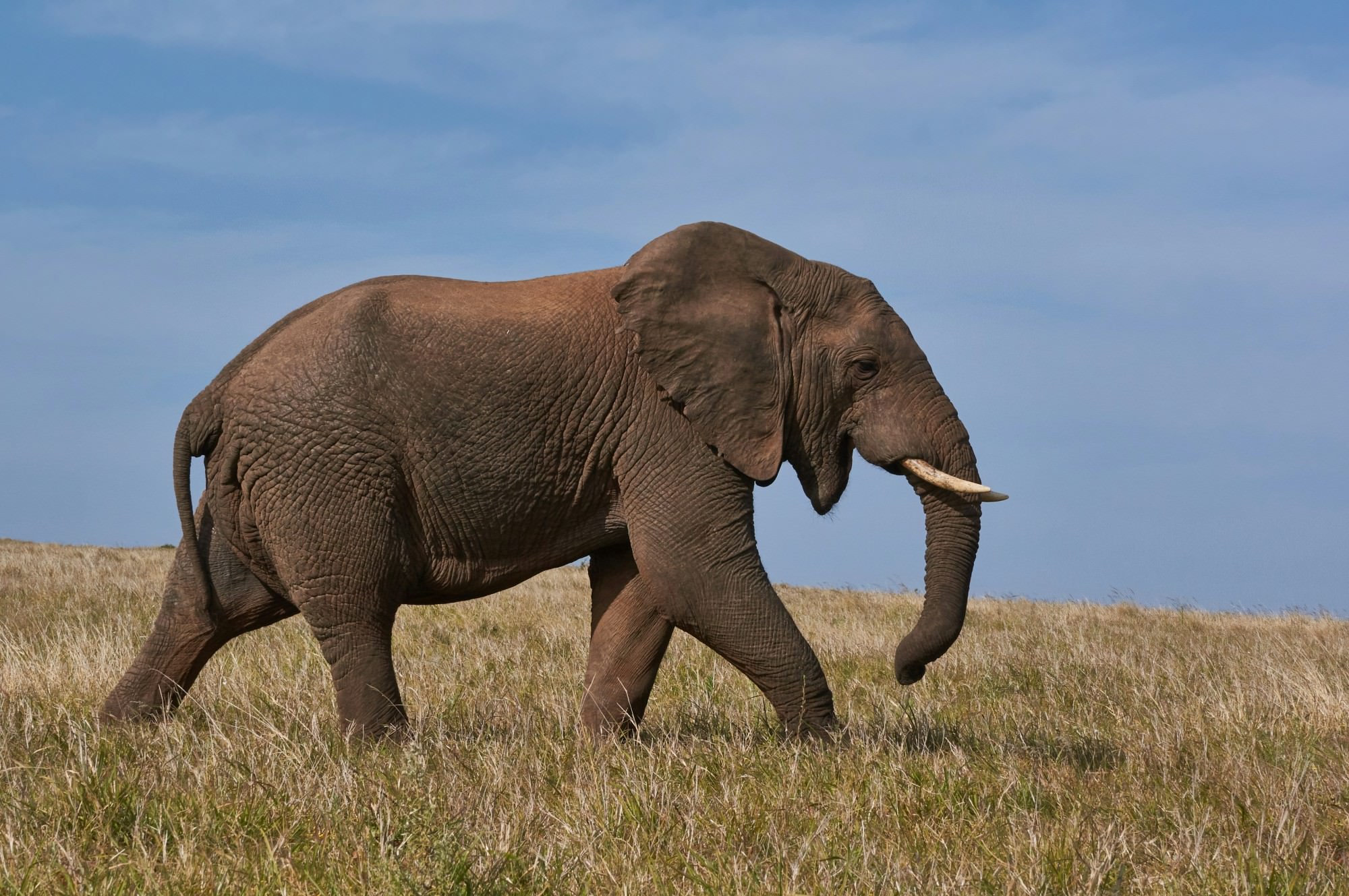
Elephants
Elephants seem gentle leaf-munching giants, endearingly adorable. But provoke these acute, emotional creatures and massive tusks thrust with lethal force, claiming some 500 human lives yearly. Still, elephants face greater peril - 100 die daily at poachers' hands for ivory. So who's the endangered species here? Respect these behemoths; when feeding, don't intrude. Their protection repays in kind. Wolfgang Hasselmann / Unsplash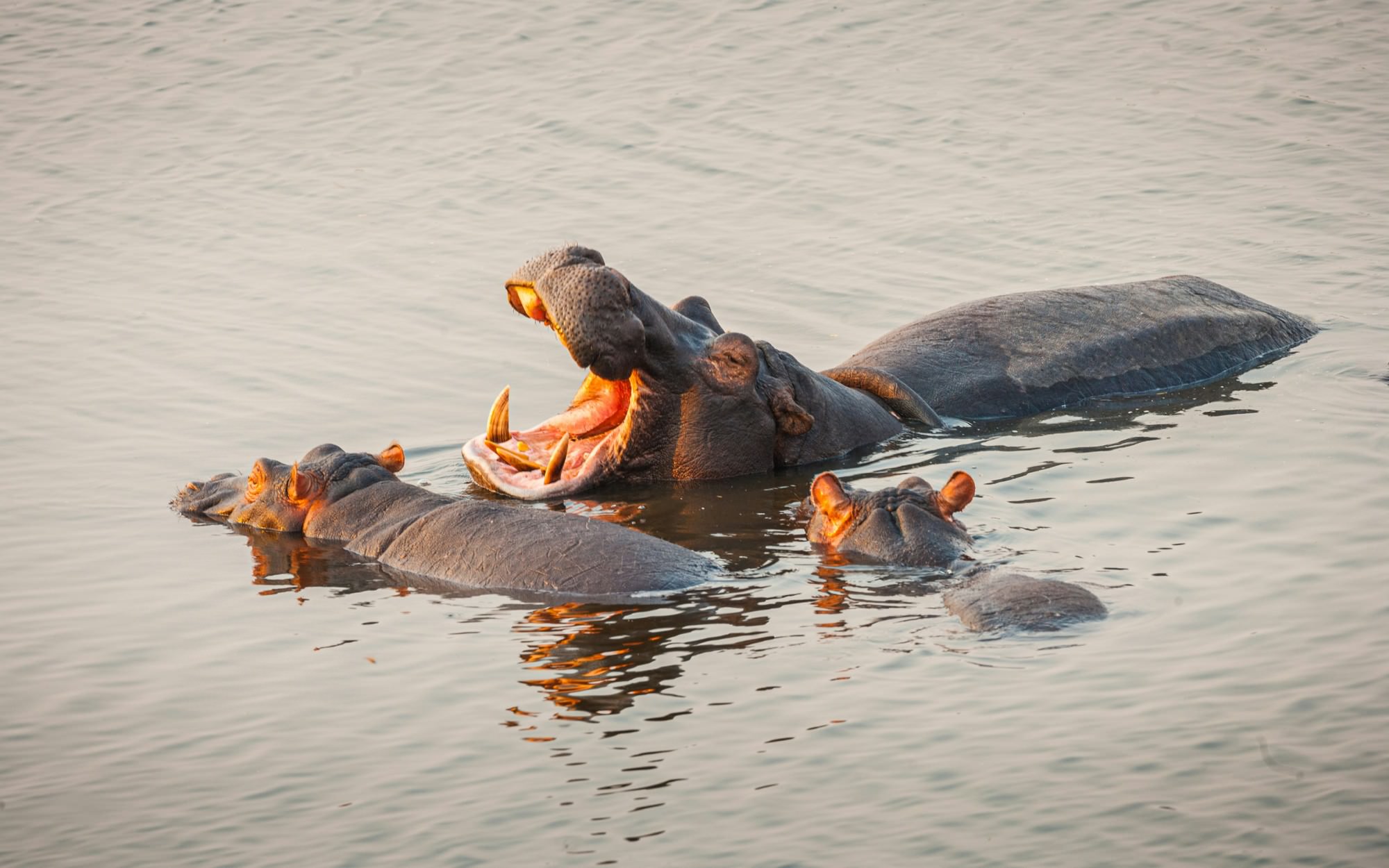
Hippopotamus
Despite lumbering bulk up to 8,000 pounds, hippos sprint with lethal aggression when their territory is threatened, killing more people yearly than any beast but snakes. These amphibious giants spend over 16 hours daily immersed, surfacing to graze up to 80 pounds of grass before returning to the safety of water. There, safe from most predators, they barely tolerate human intrusions, so sightseers beware: give these surly beasts a wide, respectful berth. Chris Stenger / Unsplash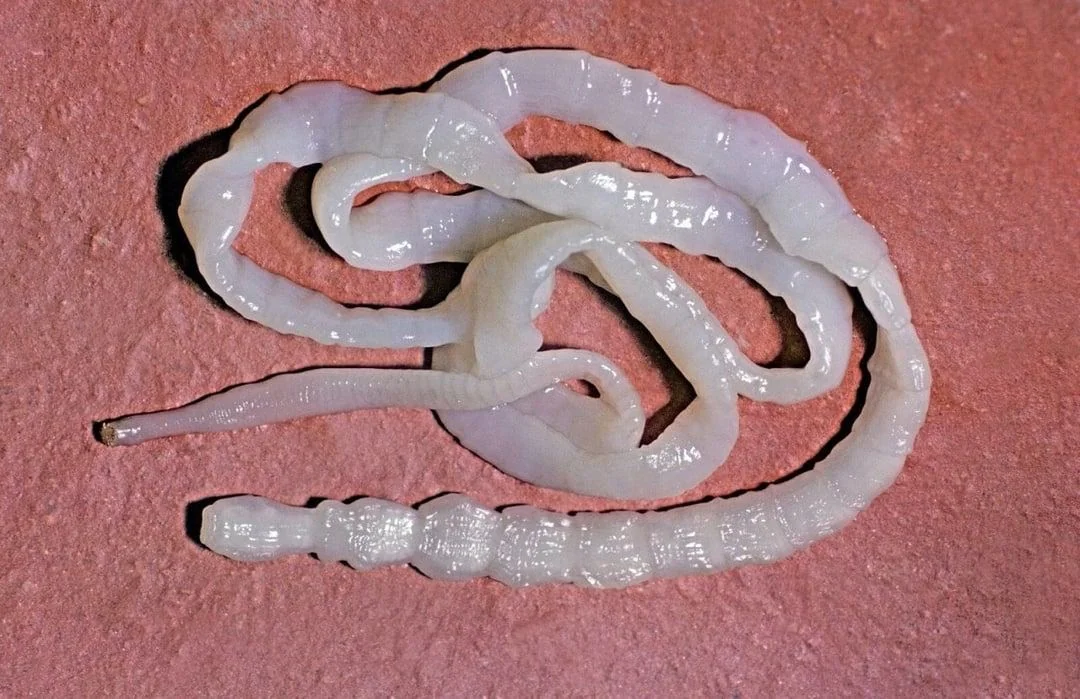
Tapeworms
Tapeworms - diminutive parasites transmitted in raw meat - stealthily deliver world-altering infection, killing thousands yearly. Lurking unseen, these wiggly killers transmit cysticercosis and taeniasis via undercooked pork or beef, disrupting organs and nerves. Mild symptoms cloak systemic havoc until seizures or digestive obstruction manifest. So cook thoroughly - thoroughly - because this hidden invader thrives on rare. Bon appétit? Better well-done. Deswizard / reddit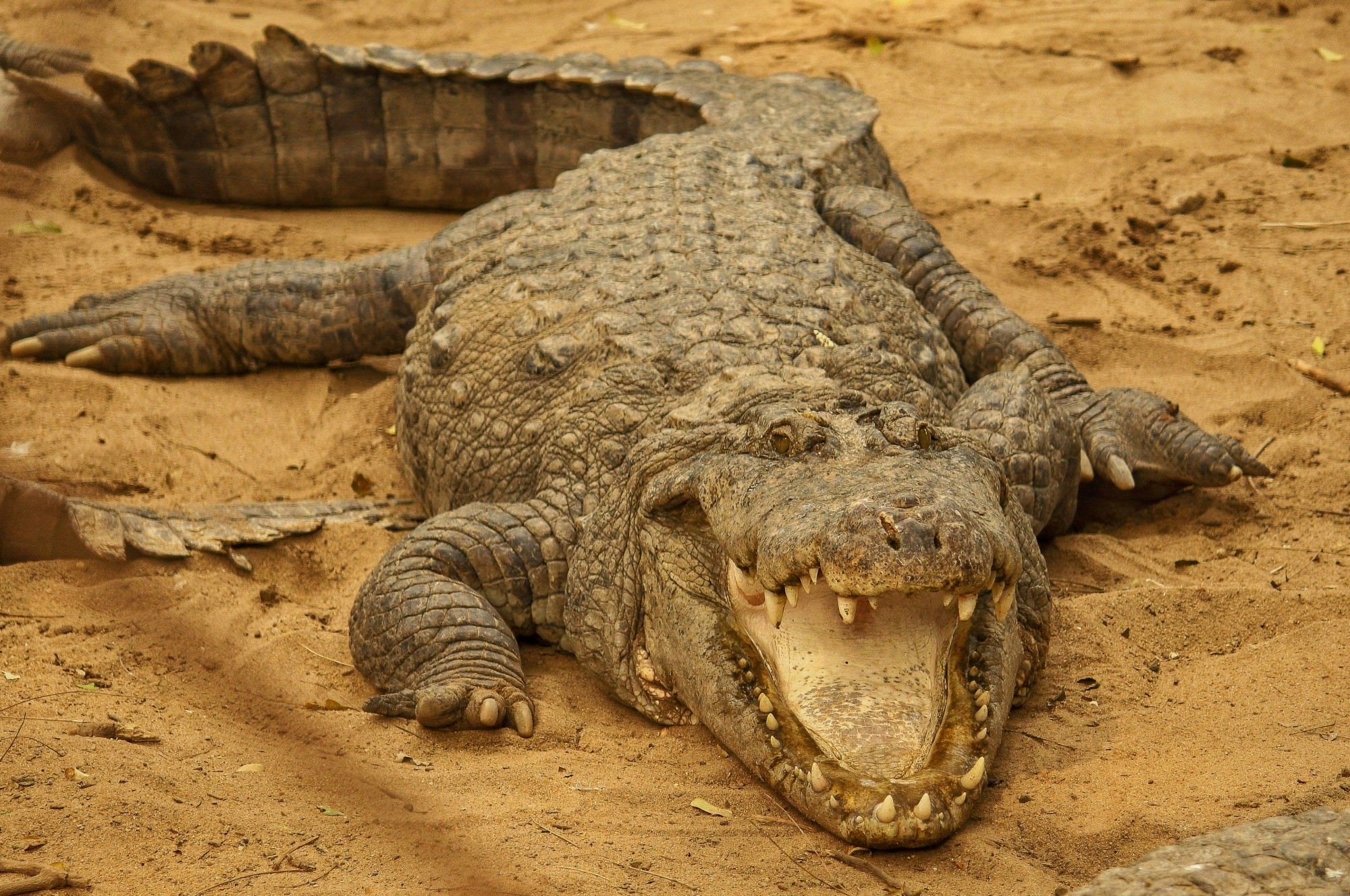
Crocodiles
Resembling dinosaurs, crocodiles' primordial menace kills around 1,000 people annually. Seven species pose extreme danger, especially the Nile variety, responsible for over 300 yearly deaths mostly in Africa's remote regions. With stealth and lightning strikes, these apex aquatic ambushers can death-roll people in their terrible jaws. So when spying logs mysteriously "drifting" in remote waters, paddle swiftly away - it's no log at all, but primeval peril afloat. Ankur Dutta / Unsplash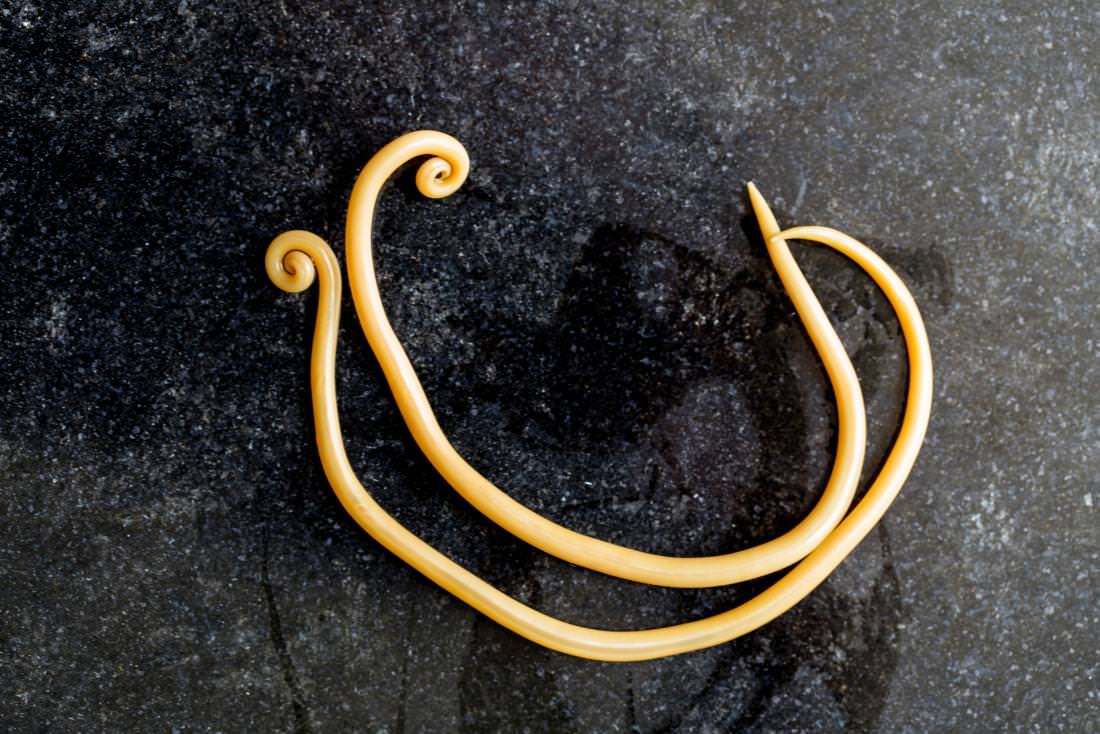
Ascaris Roundworm
Microscopic Ascaris roundworm eggs infect via unwashed hands or contaminated produce, hatching parasitic larvae in intestines. Poor sanitation spreads these wigglers, which cause infection especially where sewage disposal fails. They migrate through tissues, causing pain and organ damage. Annual deaths surpass malaria, demonstrating that size deceives: this hidden squirmer's tiny dimensions belie its lethality. Good hygiene is critical, as ingesting a single egg risks grave illness. medicalnewstoday.com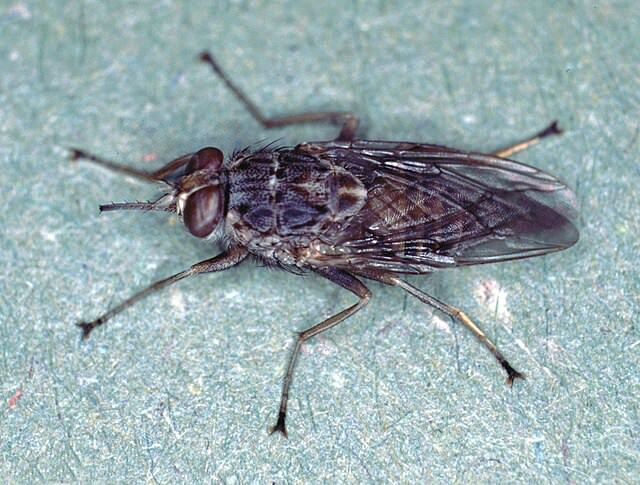
Tsetse Fly
The tsetse fly's sawing bite unleashes true torment: unwittingly transmitting sleeping sickness - a malady initiating mild fever that relentlessly progresses to fatigue, organ failure, then death. Annual deaths approach 10,000, despite modern medicine. So in tsetse territory, those tiny buzzing banes spell major trouble. Dodge their nimble airborne attacks, or risk injection of wicked microscopic hitchhikers that ultimately lay humans, even camels, to waste. Alan R Walker / Wikimedia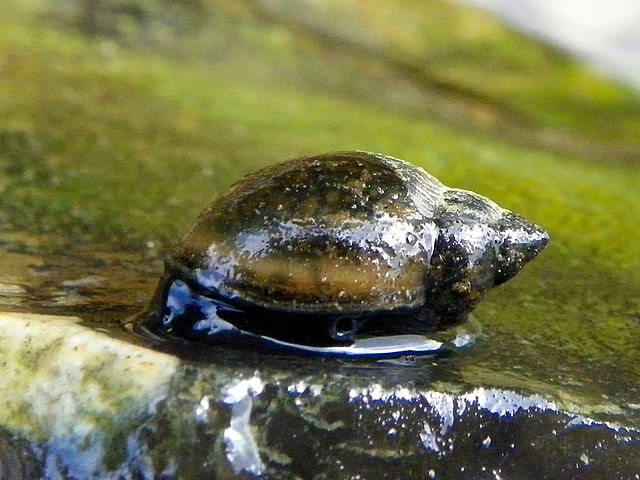
Freshwater Snail
Tiny freshwater snails harbor hidden menace, transmitting the parasite Schistosoma via contaminated water to hundreds of thousands yearly. Invading organs, these worms cause infections resisting treatment. Poor communities lacking clean water suffer most, as larvae penetrate skin during basic daily activities like bathing, cooking, washing. So while the messengers seem harmless, they herald grave illness - a slow-moving health crisis transmitted by tiny unassuming hosts. Peter O'Connor / Wikimedia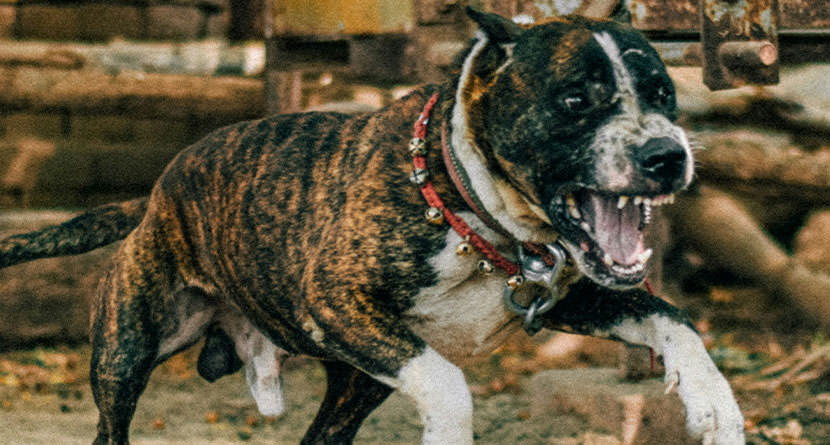
Dogs
Man's best friend turns worst enemy when rabies strikes, attacking with lethal aggression. Dogs transmit this virus in 99 percent of human cases, mainly in rural Asia, Africa and South America where vaccines are limited. Sans treatment, rabies manifests vicious madness before killing horribly. So though most pets are harmless, any erratic canine deserves distance - one bite from a diseased dog can rapidly spark a tragic end. Sumeet Singh / Unsplash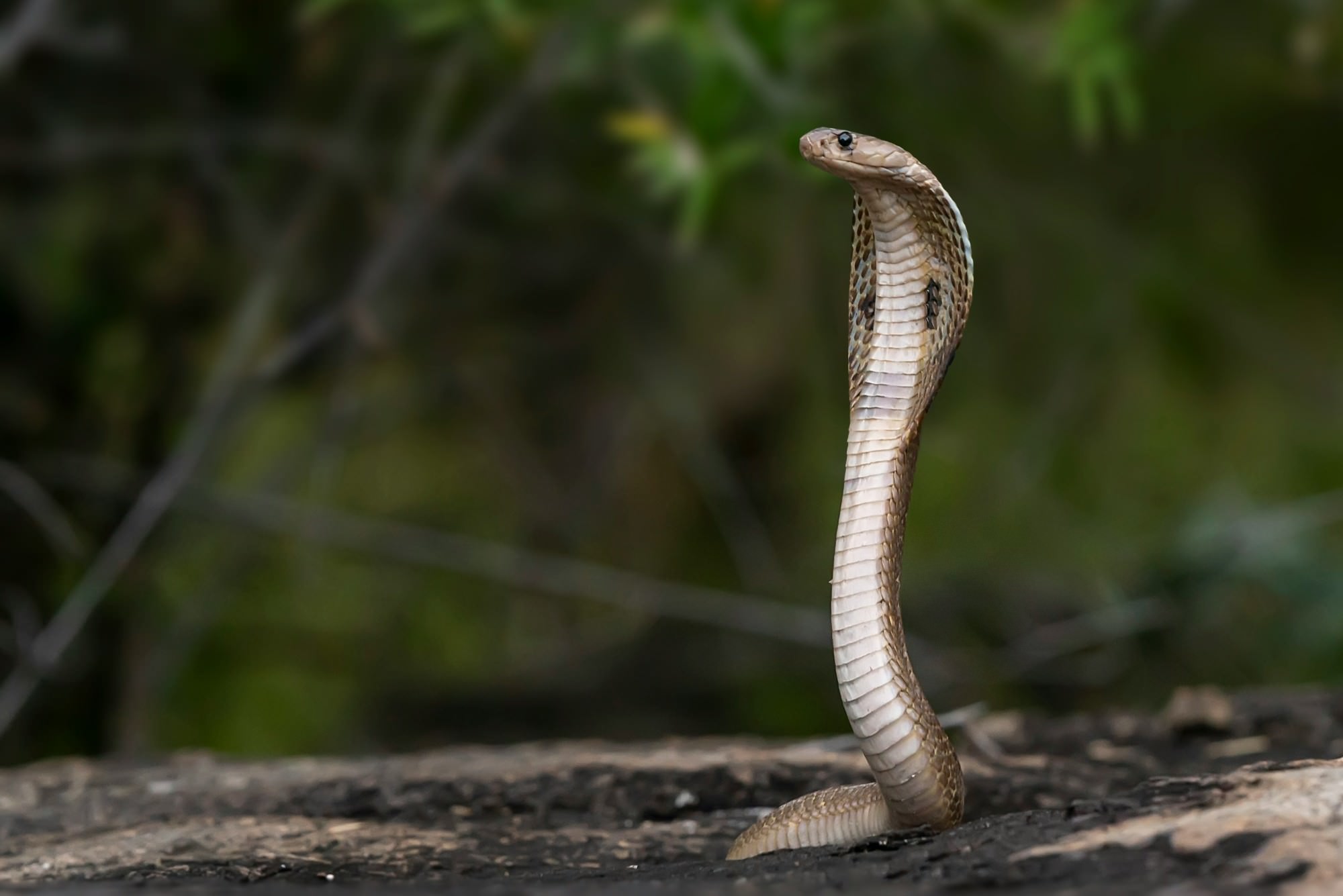
Snakes
Snakes draw stark reactions: adoration or abject dread. Such polarized views suit these slithering slayers; among 3,000 species, 600 deliver venom, killing over 100,000 people yearly - especially where antidotes are scarce. Some crush in muscular coils, others spit toxins. Whether by squeeze, stab or spit, serpents administer lethal instrumentation from a diversity of brutal techniques perfected over eons. So tread lightly in snake terrain; a quick strike leaves no chance to mollify love or hate. Nivedh P / Unsplash